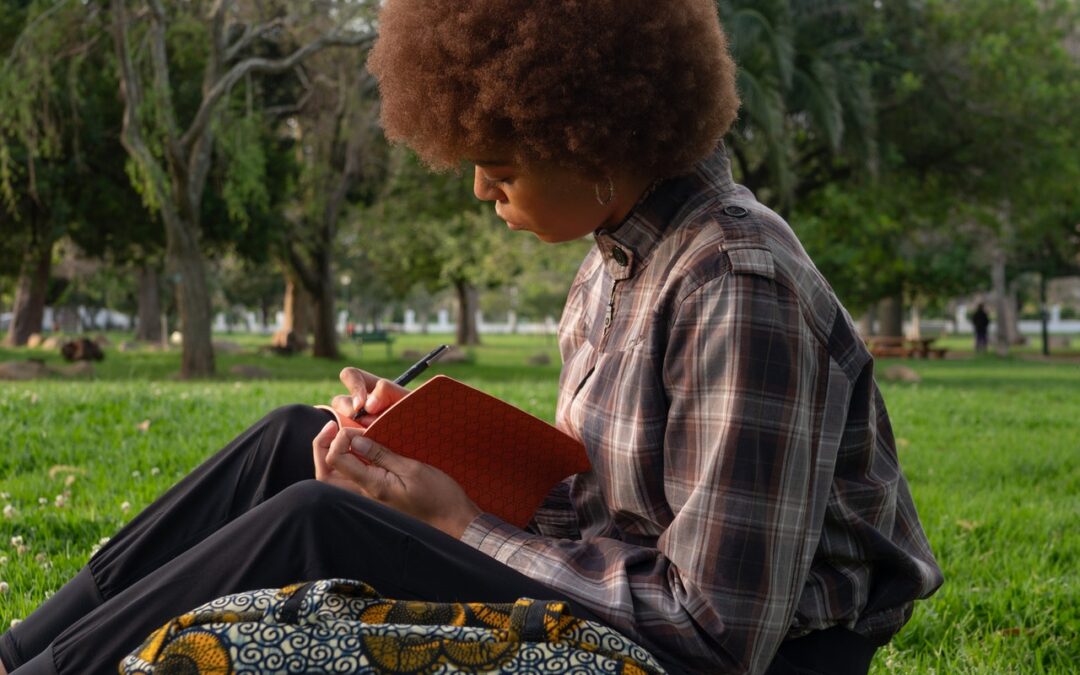
Finding Time to Grieve Years After Your Loss
The idea of finding time to grieve may sound ridiculous. At least for those being crushed by the weight of early grief, especially after losing a child.
But when grief is years or decades old, it isn’t always easy to find time to express and release our constant grief. The grief buried below the surface of our daily activities.
Grief is a bereaved parent’s constant companion. Much like a shadow that clings to us wherever we go. As long as our child is dead, we live with grief. There is no “getting over it” or “moving on.” At least not in the way those terms are usually implied.
Instead, we must learn how to accommodate grief as a fundamental part of life. Over time, the pain of grief feels less intense and overwhelming. Many learn to make needed adjustments so it doesn’t interfere with normal routines and day-to-day activities.
Once you’ve lost a child, the idea of what “normal” means is completely transformed.
Normal includes daily thoughts of a child who is frozen in time. A child who is never able to age as they should. The finer details of that beautiful child and their life become blurred as the years pass. This is especially true and painful when you lose a young child. One that you only got to spend a few wonderful years (or months, days, hours, or minutes) with.
It’s been over a decade since my 4-year-old daughter died. I have certainly adjusted to the new normal of life. I’ve learned how to enjoy and savor what life has to offer despite the gaping hole still left inside me from losing her.
In fact, life has gotten to a place where I find myself needing to make a concerted effort to find time to actually grieve.
As I said before, it’s not that my grief is gone. To the contrary, the loss of a child changes your DNA. You never experience life in the same way as you did before they died. But that doesn’t relegate you to a life of misery and despair.
You can harness your grief in a way where life becomes more profound and meaningful than before. Some become so good at adjusting to living with grief, they simply need to express it outwardly from time to time.
One of the ways we learn to adjust to life without our child is by compartmentalizing our grief in order to function in the world around us.
Over the years, grief becomes like those various piles of clutter that build up around your house. The chore of having to sort through them and figure out where things belong and what to get rid of is uncomfortable and taxing. So you shove the “clutter” away just to get it out of view. Of course, with the intention of sorting through it some other time.
But before you know it, your emotional compartments are overflowing. Just like those piles of clutter in your house. And cramming more “clutter” into them becomes more and more difficult. That clutter of unwanted feelings from grief is like pressure building up under a volcano or earthquake fault line.
You know that at some point the pressure will become so great, it will have no choice but to erupt. And it can erupt with a force that can destroy everything in its path. Just like in those old cartoons, the closet will become so overstuffed that when you open the door to put something else in, you’ll become buried in the avalanche of unwanted clutter. Or in this case, emotions.
The best way to deal with grief as the years pass is to find smaller, healthy ways to let off steam. Relieve the pressure building up below the surface before it becomes destructive.
It’s like pulling out a small pile of that emotional clutter and going through it. No matter how bothersome, stressful, or painful it may feel. And then repeating the process little by little, again and again, over time.
For me, I usually turn to writing about how it feels. While I write on a public blog, for others it could be in a journal or a letter to your child. Other times I find the simple act of walking quietly in nature releases some of the pressure.
Other options might include sharing your thoughts with a support group or counseling — online or in person. Or maybe doing something in honor of your child, like volunteering or donating. Some may choose to look through pictures and create an album or scrapbook.
Whatever it may be for you, it’s just important that you make the time to process your feelings before the pressure gets anywhere close to erupting.
There’s no right or wrong answer to how you choose to express your grief after many years have passed.
You do whatever feels right for you. The important thing is that you do it. And you can take some amount of comfort in knowing that you’re never alone on this journey.
All you need to do is look, and people who are experiencing the same journey will always be there for support and help along the way.


 This website was inspired by the memory of Margareta Sol Kubitz in hopes of helping others work through the pain of grief.
This website was inspired by the memory of Margareta Sol Kubitz in hopes of helping others work through the pain of grief.